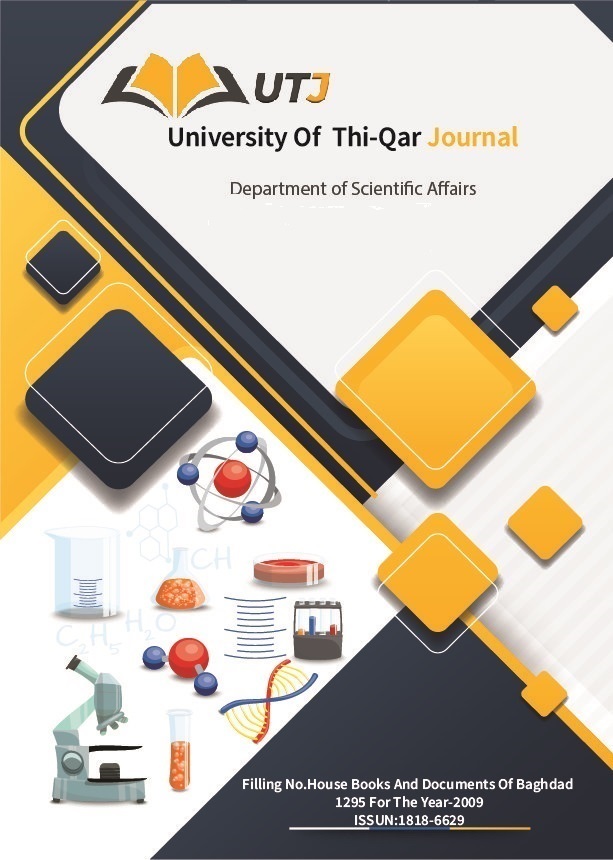Enhanced Forearm Vein Detection Using a U-Net Model Integrated with ResNet for Superior Accuracy
Keywords:
Advanced Forearm Vein Detection, U-Net Architecture, ResNet Integration, Convolutional Neural Networks (CNN), Medical Image SegmentationAbstract
The discovery of veins in the forearm continues to be a significant obstacle, especially in susceptible patient groups such as the elderly, youngsters, and those who are obese. Conventional approaches typically fail to find veins effectively on the very first try. Not only does this make the patient uncomfortable, but it also reduces the effectiveness of the therapeutic procedure. To solve this ongoing problem, we suggest a cutting-edge method that uses a U-Net model coupled with ResNet (Residual Network). This technique is intended to considerably improve the accuracy of vein recognition. Because of the addition of ResNet, the model's capability to learn detailed elements in medical pictures is much enhanced, which results in a significant improvement in its performance. The performance of the proposed method achieved 96% accuracy when applied to a dataset of forearm medical photos, an 80% precision rate, and a minimum loss function of 0.06. These results were achieved through the application of the Enhanced Forearm Vein Detection method. By demonstrating that the model can outperform conventional approaches, these findings indicate that the model represents a significant advancement in the field of medical picture segmentation and vein recognition. The use of this cutting-edge method provides medical practitioners with a revolutionary instrument that guarantees a venous access procedure that is quick, accurate, and less invasive

